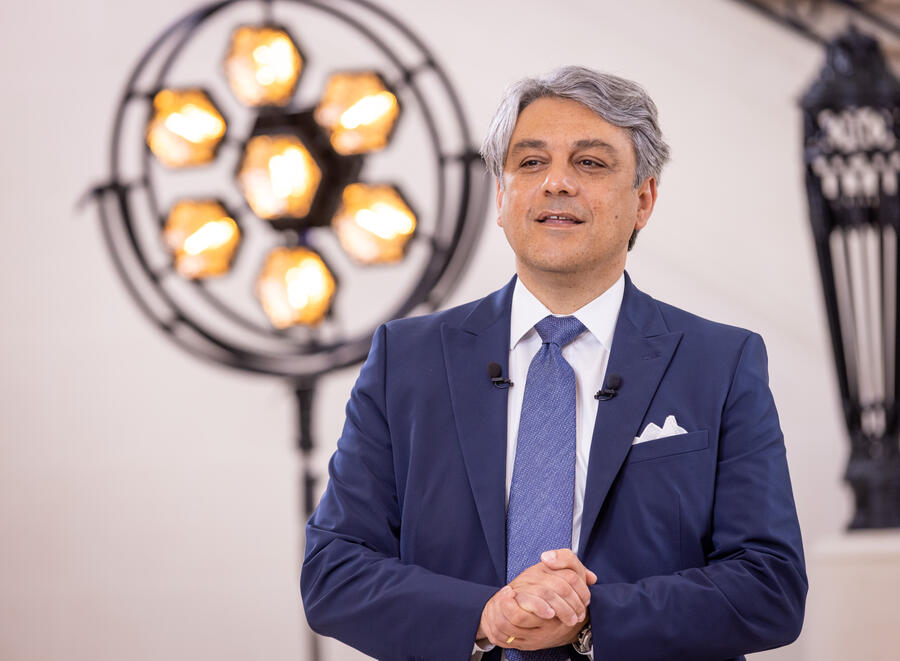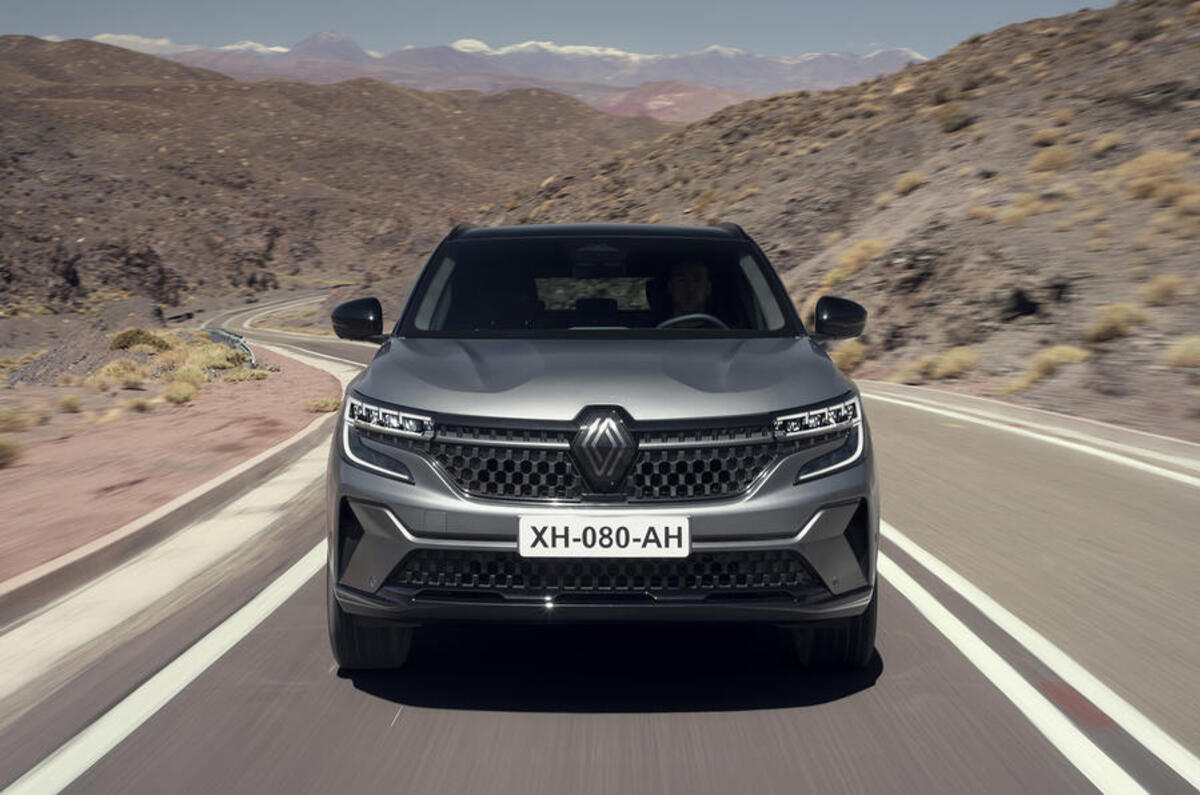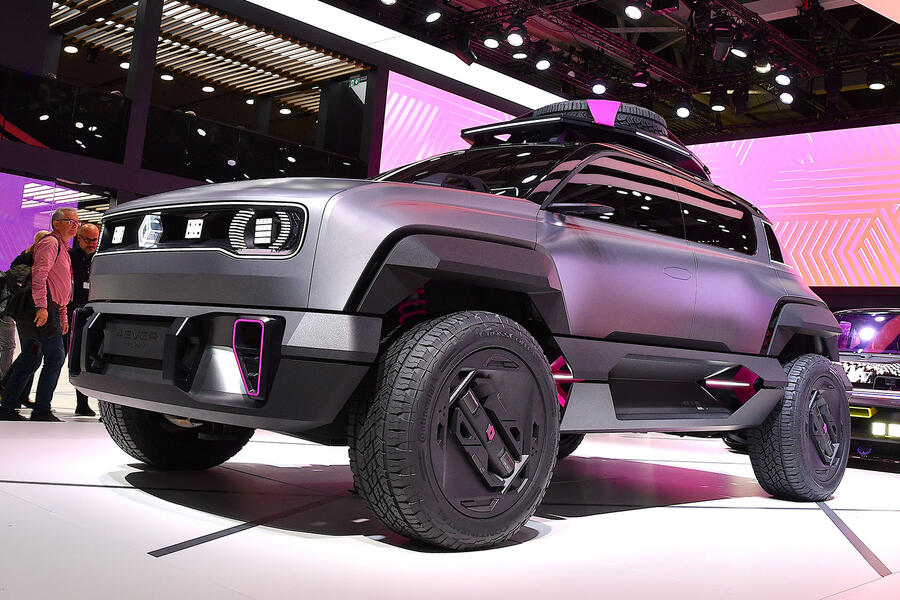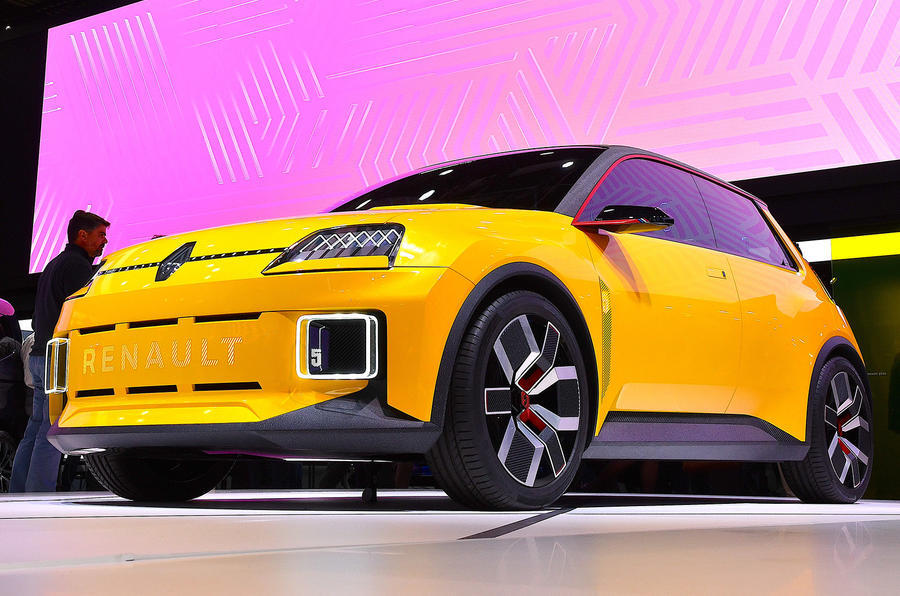Renault CEO Luca de Meo was all confidence on the company’s earnings call in July, following a record first-half-year result in which profit margins hit 7.6%, above the 7% that investors had reckoned would be achieved.
“We can say that we've performed one of the fastest turnarounds in the recent history of automotive,” de Meo told analysts on the call.
Renault has rebounded from a €7.3 billion loss in the first half of 2020 – the victim of both the pandemic and past pile-em-high business practices – to a €2.1bn profit in the same period this year.
De Meo boasted that the company’s breakeven point – the number of cars it has to sell before it reaches profitability – has halved compared with the first half of 2019. Fixed costs – an expense that doesn’t change no matter how few or many cars you sell - have fallen by €2.5bn in the same timeframe. And the cost to develop new cars has apparently been reduced by 40% since 2019.
The impressiveness of the numbers suggests that Renault was being run fairly inefficiently prior to de Meo’s takeover, but the financial disaster of 2020 was the shock that the Italian needed to make fundamental changes to the company.

Renault is now “outperforming” on the transformation side, wrote Philippe Houchois of the bank Jefferies in a note to analysts, in which he raised its expectation of profit margins to 8.6%.
Renault’s decision to shift its centre of gravity from small cars to larger, more expensive models was undoubtedly a big driver. “When I came to Renault, 70% of sales were small cars. You can’t make money doing that,” de Meo said at the launch of the new Rafale coupé-crossover in June.







Add your comment